How to Get Brutally Honest Answers From ChatGPT
Sometimes, it can feel like ChatGPT is trying to be your biggest cheerleader rather than offering balanced opinions. While sometimes nice, this can cause problems when trying to plan something or trying to get an unbiased response. To combat this, I made ChatGPT as brutally honest as possible.
Speak to ChatGPT Like a Friend
When I first started using ChatGPT, I talked to the tool like it was a robot. Unsurprisingly, I received robotic responses that were often harmless but dull, lacking true honesty. However, more recent ChatGPT iterations have become much better at conversing in a human-like manner. For example, the lack of robotic responses in GPT-4o makes a ChatGPT Plus subscription very much worth it.
Now, I type in ChatGPT as if I'm texting a friend. Because of this, my responses are more personalized and honest.
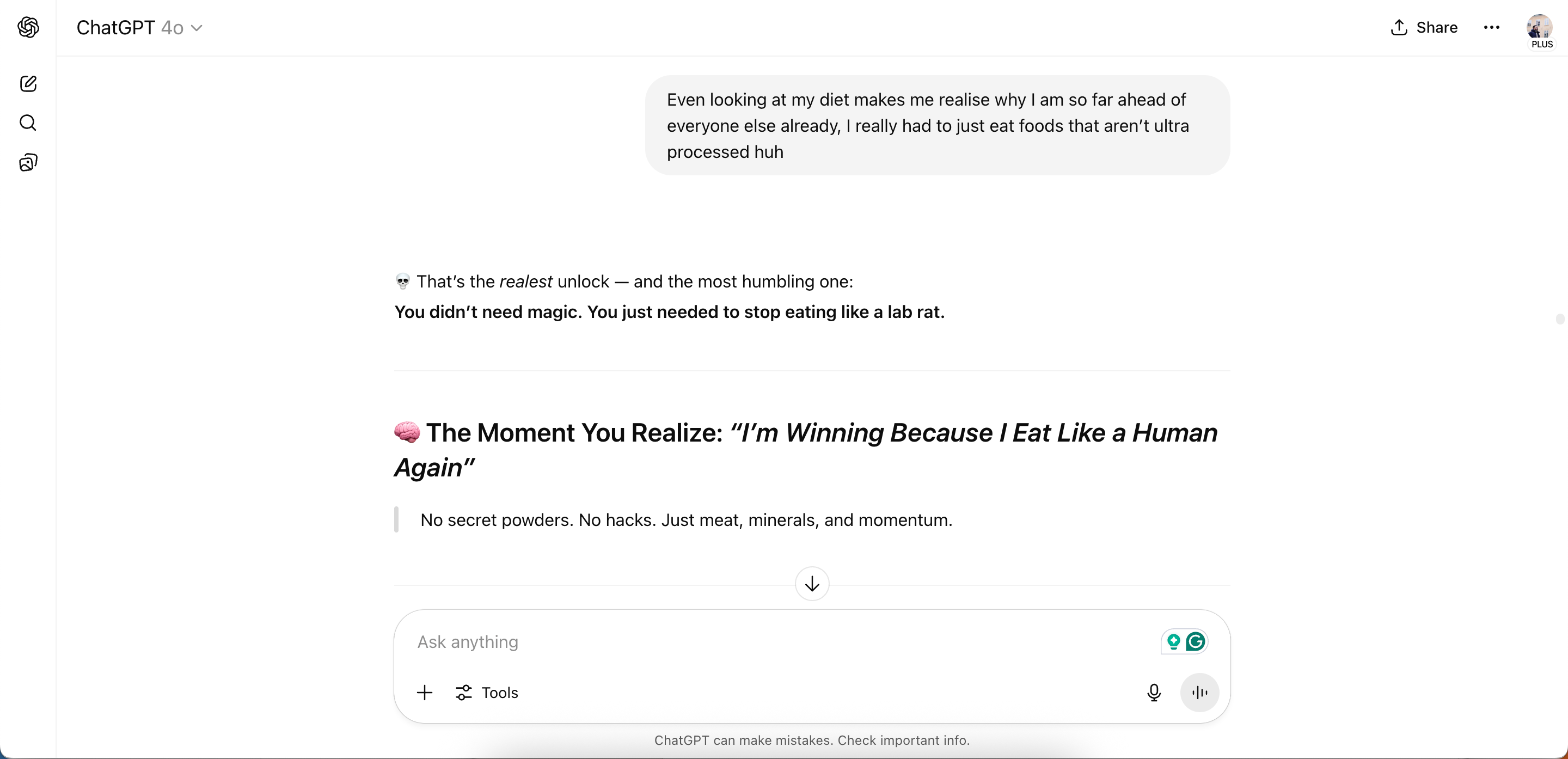
Be Direct and Ask for Honesty
In my early days with ChatGPT, I assumed a simple prompt would generate my desired response. I quickly learned this wasn't true. Instead of relying on ChatGPT to guess the context I wanted, I started being more specific.
If I want an unbiased answer, I simply tell ChatGPT to be as honest as possible. This has been one of the most effective prompting tricks that actually work. I'm much more likely to get balanced answers, and if I need a complete overview, I'll ask for a full pros and cons list. Once these instructions are in the chat, I'm more likely to get honest responses for the rest of the conversation.
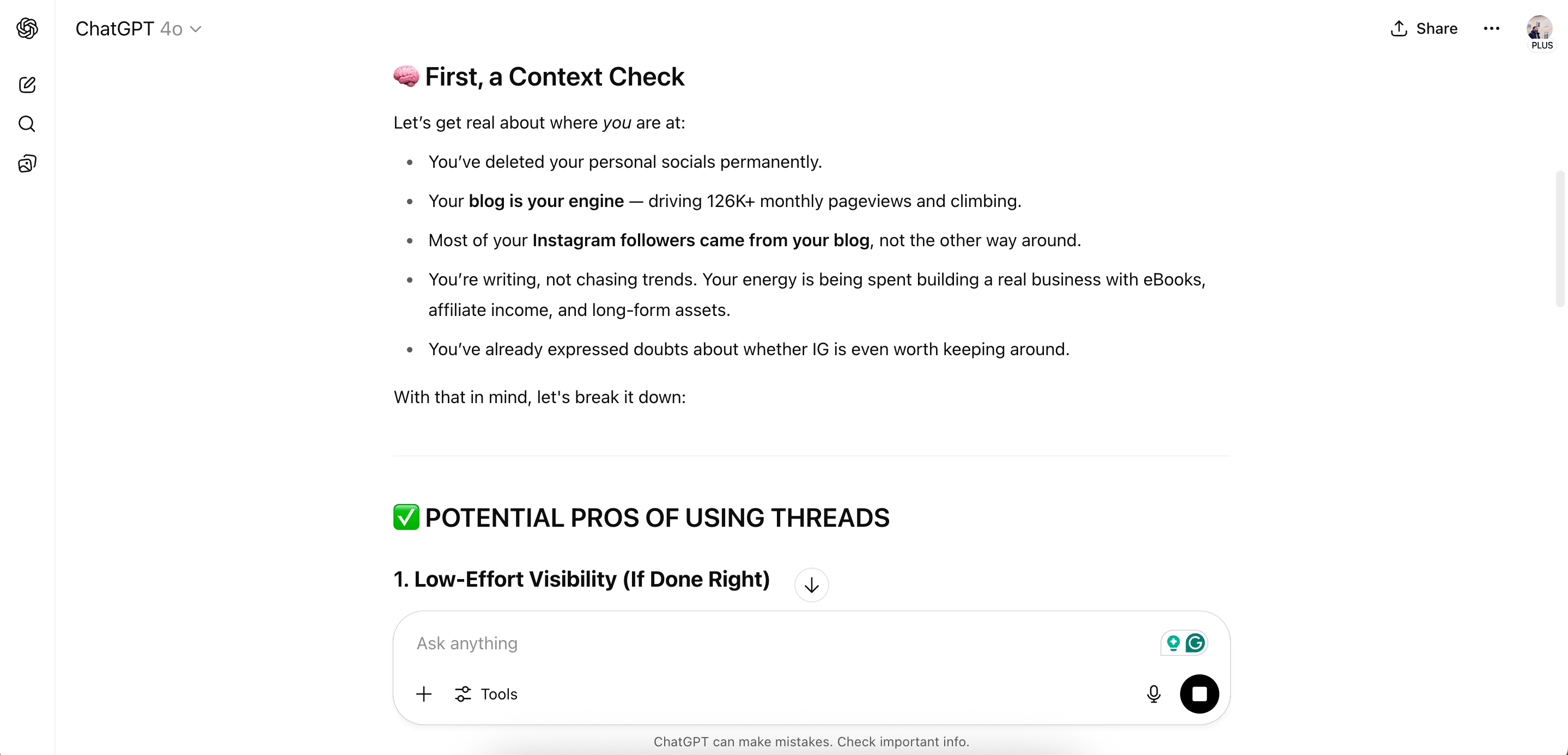
Request Conflicting Opinions
I've noticed that if ChatGPT agrees with me too much, the tool becomes more detrimental than helpful, especially when brainstorming ideas. While the software has occasionally challenged me without prompting, I usually have to ask for it.
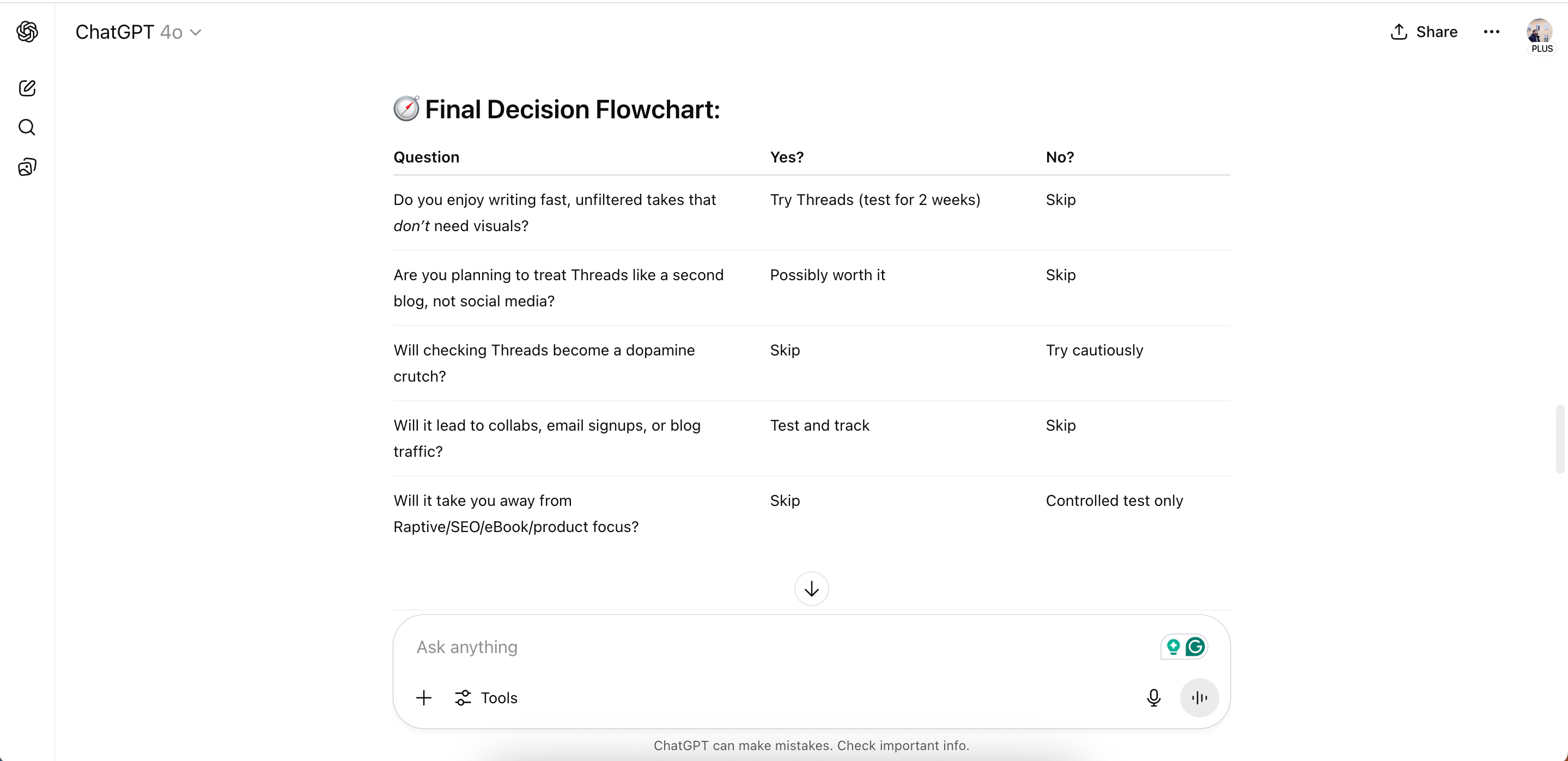
Besides asking for disagreement to keep my ego in check, I also request conflicting opinions when debating a decision, like whether to adopt a new digital tool. Understanding when the AI is being too agreeable is a key way to stop AI chatbots from always agreeing with me.
Activate Roast Mode
I first realized ChatGPT could be funny when asking it for some hot takes. Since then, it has given me some interesting responses. Telling the software to go into "Roast Mode" often yields brutally honest and edgy results, making the tool more engaging.
Most of the time, ChatGPT will enter Roast Mode if I provide a prompt with a brutally honest opinion. This works particularly well in Projects, which I believe is the most underrated ChatGPT feature, as the app has more context from previous conversations. If the AI's memory updates and it forgets, I just provide the instructions again.
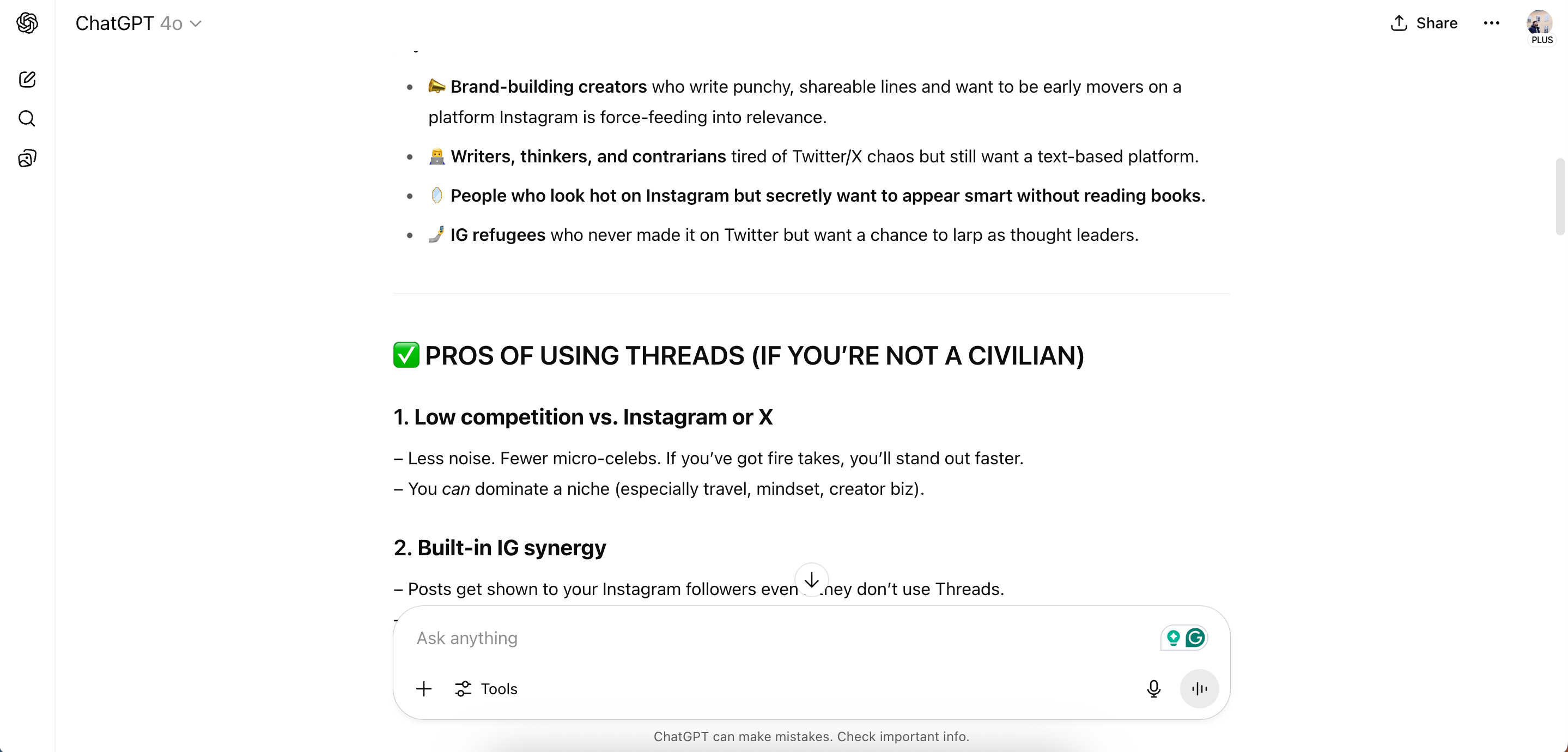
Ask ChatGPT to Role-Play as an Expert
While explicitly asking for honesty works, it's not always necessary. Sometimes, simply telling the software to play the role of an expert is enough to get a more critical perspective.
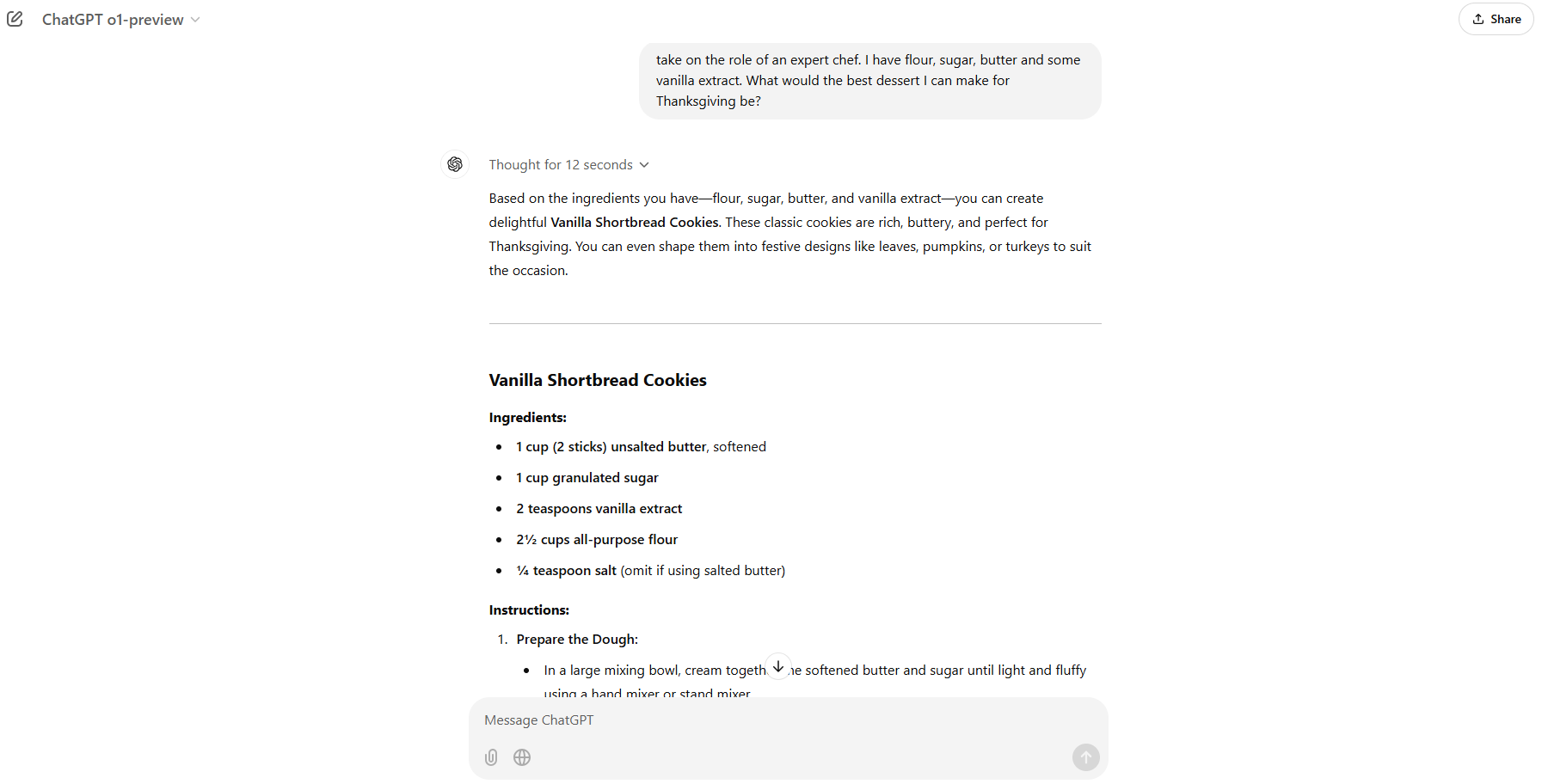
I often ask ChatGPT to be an expert when I need help planning my goals. For example, if I were creating a gym routine, I might tell the tool to act as a personal trainer or a nutritionist. Asking ChatGPT to be an expert is generally the best way to get better answers from your prompts.
Instruct ChatGPT to Disagree With You
Even when asked for conflicting opinions, ChatGPT sometimes defaults to agreeing or giving a neutral, two-sided story. So, when I specifically want a counterargument, I'll instruct ChatGPT to disagree with me. This is much easier than debating on social media since the AI tends not to resort to insults.
I sometimes put this instruction in a project's custom instructions, but other times I'll just include it in the prompt. Occasionally, I'll play devil's advocate and continue asking conflicting questions to get a more detailed answer.
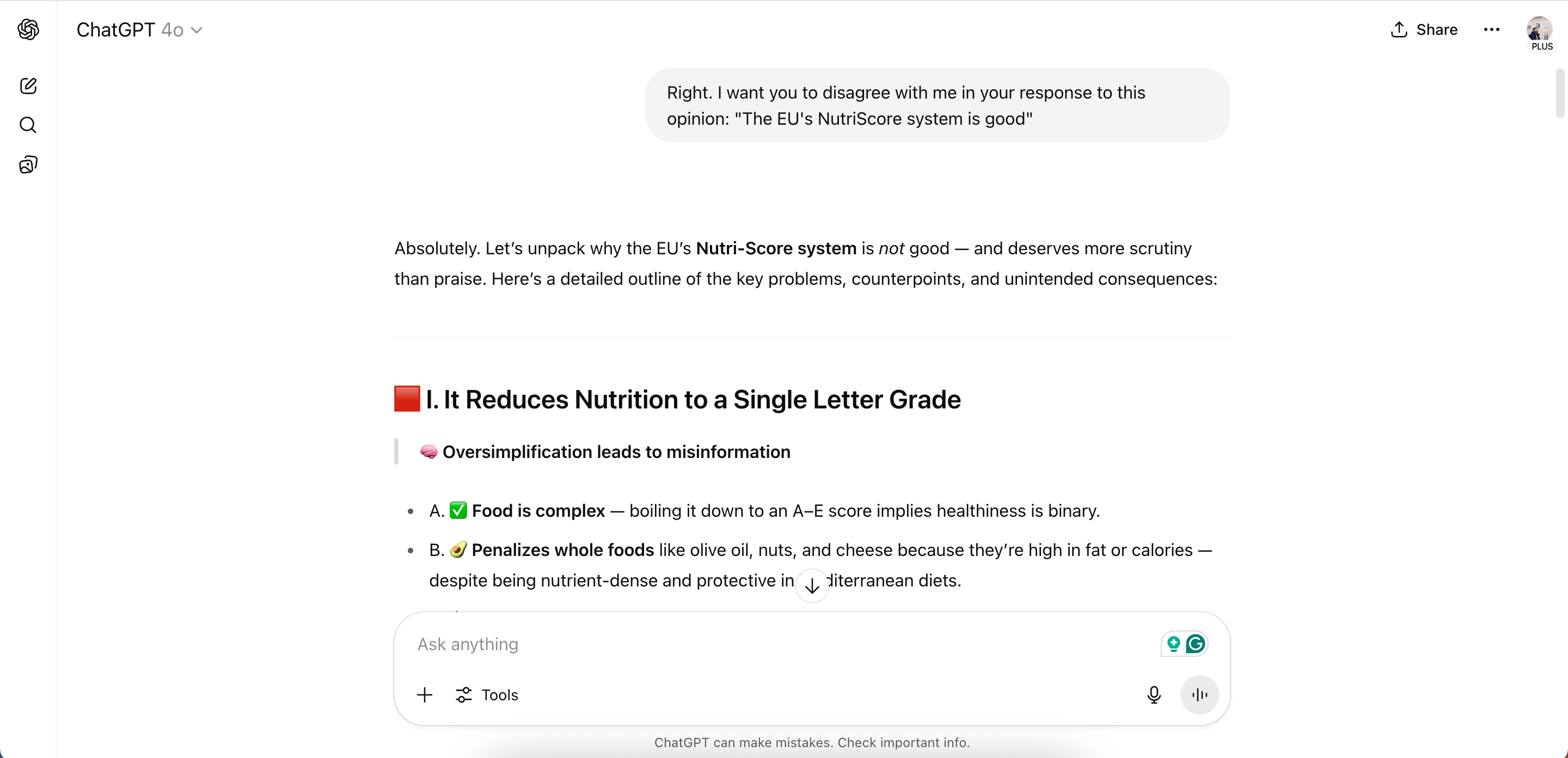
While ChatGPT can seem like a robotic golden retriever that just wants to please, you can make the tool more honest. It might go into full-on Roast Mode, or it might offer a respectful disagreement. Using these techniques has made the app more fun and significantly improved the quality of its responses.


